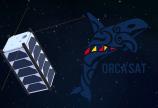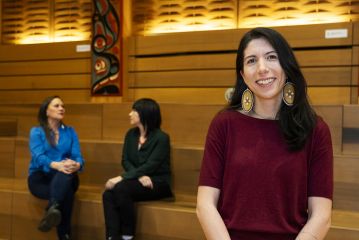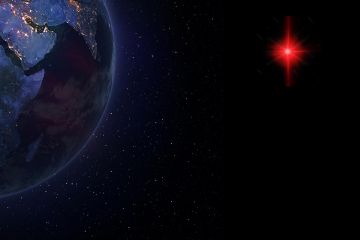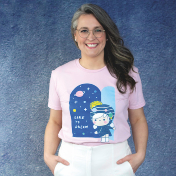Students’ mini-satellite to help astronomers explore the origins of the universe
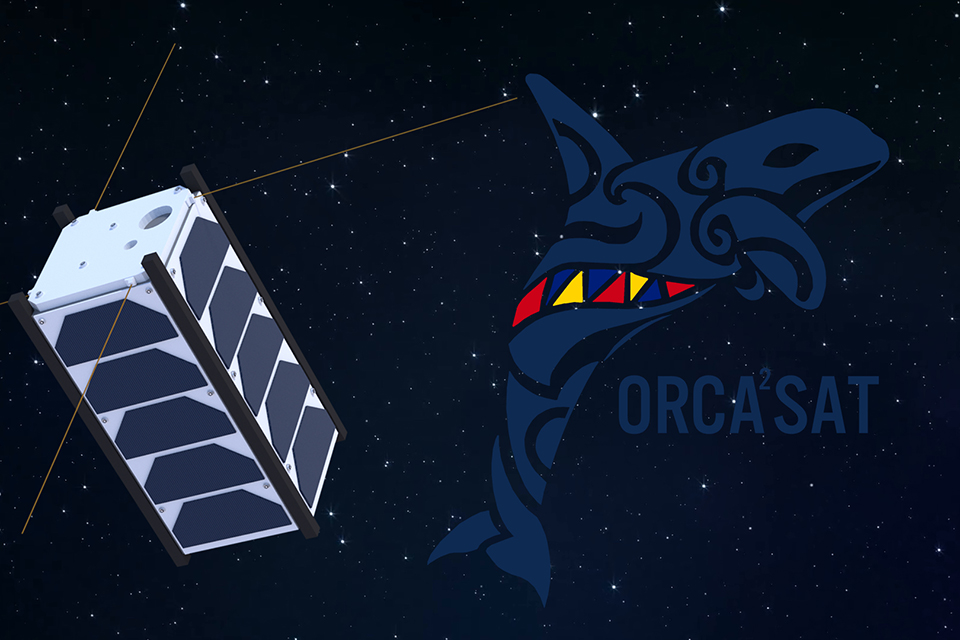
Students from the University of Victoria are designing a tiny satellite with big aspirations. When a robotic arm on the International Space Station tosses it into orbit in 2020, the satellite that’s no bigger than a two-litre carton of milk will become a vital tool to help astronomers and cosmologists better understand the origins and future of the universe.
The Canadian Space Agency (CSA) launched a new national post-secondary student space initiative today called the Canadian CubeSat Project. Via the Canadian Space Agency’s YouTube channel from Winnipeg, astronaut Jenni Sidey unveiled the teams—including UVic’s—that have been selected to participate. A total of 15 collaborative teams composed of 36 organizations will participate in the CubeSat project. The teams will operate their satellites and conduct scientific experiments for up to two years.
A CubeSat is a cube-shaped satellite measuring 10 cm x 10 cm x 10 cm. UVic’s project is a two-cube unit. Dubbed “OrcaSat,” the Optical and Radio Calibration for Atmospheric Attenuation Satellite (ORCAASat) is a joint project between the UVic Satellite Design team (a collective of undergraduate and graduate students from the faculties of engineering, social sciences and commerce), UVic engineering and astronomy faculty supervisors, along with collaborators at Simon Fraser University and the University of British Columbia.
Once in orbit, a laser light being emitted from the satellite will act as a kind of artificial star to better calibrate ground-based optical telescopes. The UVic team estimates it will increase the accuracy of telescopes such as UVic’s—one of Canada’s biggest on-campus telescopes—by more than 10 times.
ORCAASat will have a number of potential photometric (light-measuring) applications in atmospheric and climate science as well as long-distance space communication. But because photometry is one of the most widely utilized forms of measurement across the entire astronomical field, the small and relatively inexpensive satellite will become a vital and free tool for astronomers and cosmologists around the world.
By improving the accuracy and precision of measurements of events such as supernovae—the light explosion of stars—for example, astronomers can more accurately measure how far away it is and therefore how far back in time it happened. This will enable cosmologists to make better estimates about how fast the universe is expanding and uncover some of the mysteries of dark matter.
A PRESS KIT containing visuals, an animation of the satellite and images of supernovae are available on Dropbox.
CSA’s information kit also contains resources for journalists about the CubeSat project.
-- 30 --
Photos
Media contacts
Suzanne Ahearne (University Communications + Marketing) at 250-721-6139 or sahearne@uvic.ca
Vimala Jeevanandam (Communications Officer, Faculty of Science) at 250-721-8745 or scieco@uvic.ca
In this story
Keywords: space, Physics and Astronomy, UVic Satellite Design team, satellite

